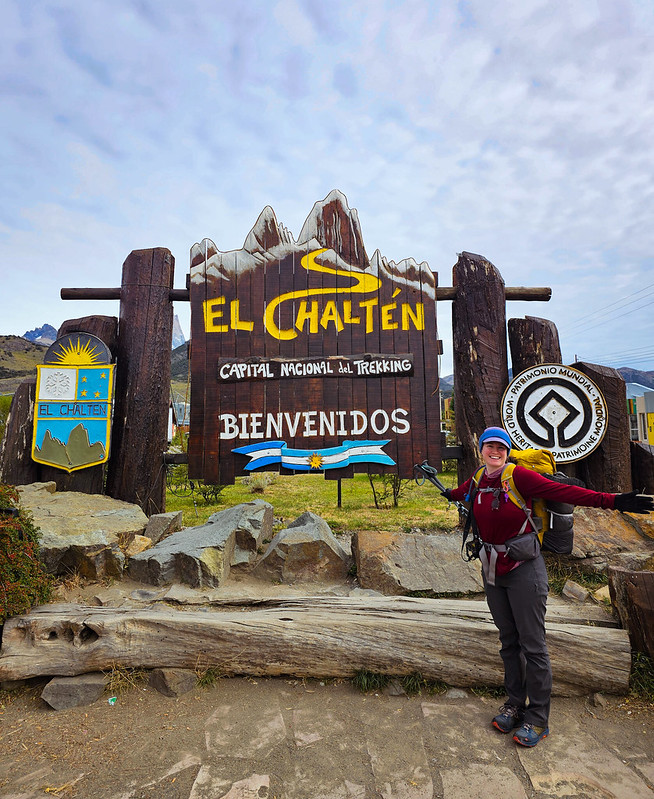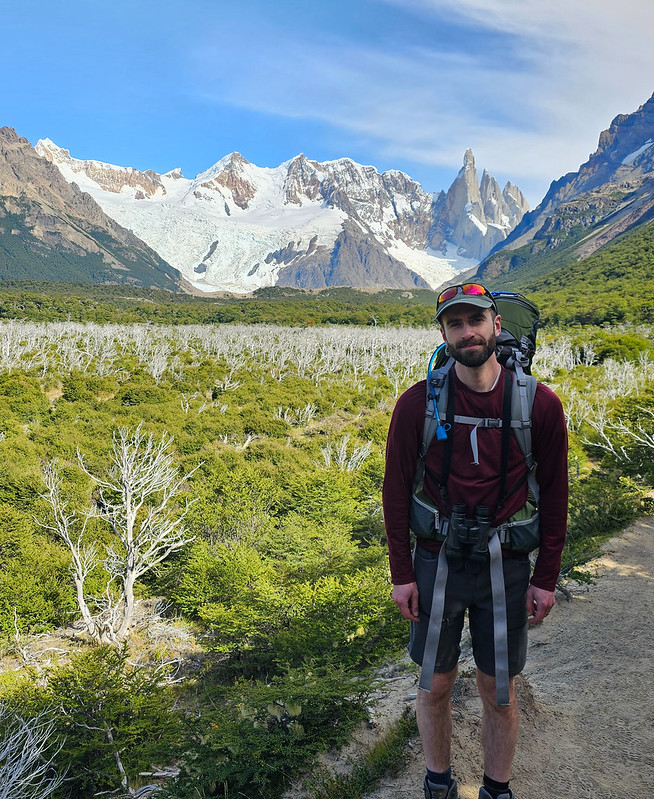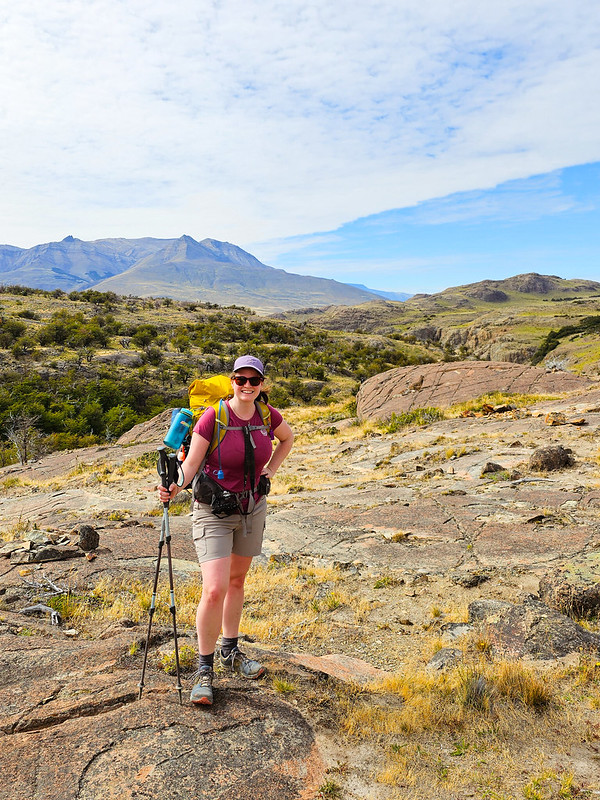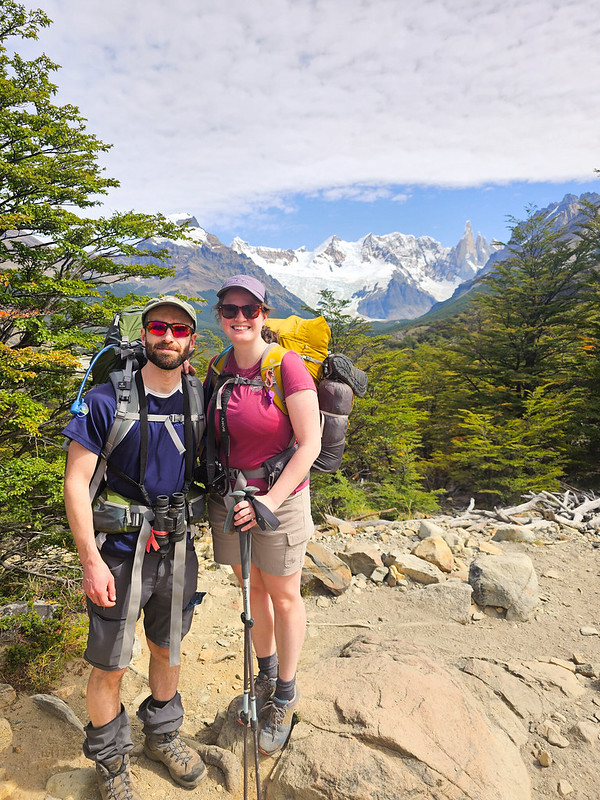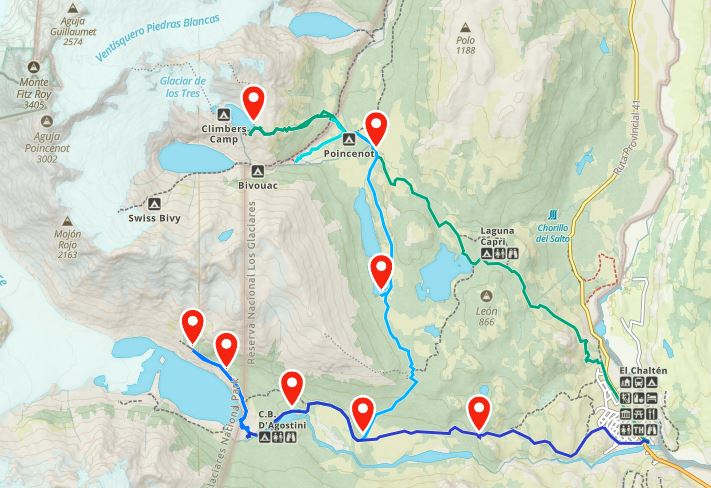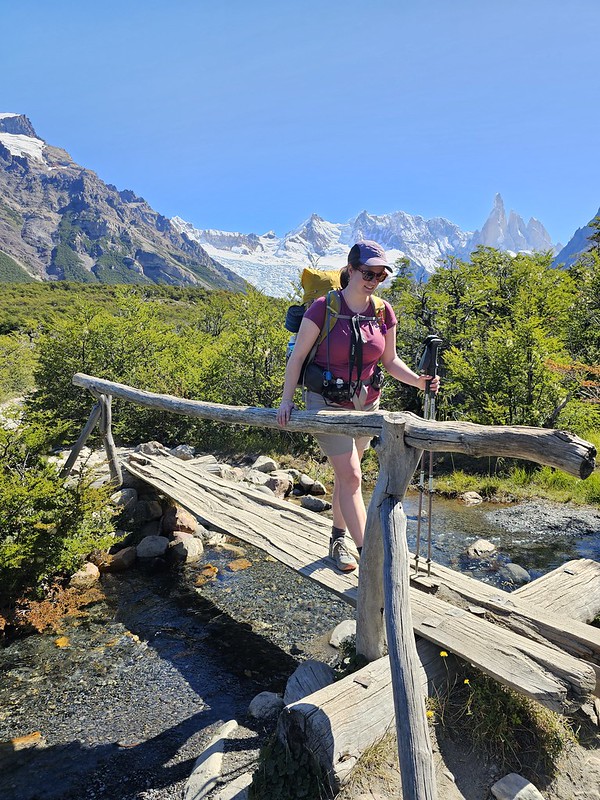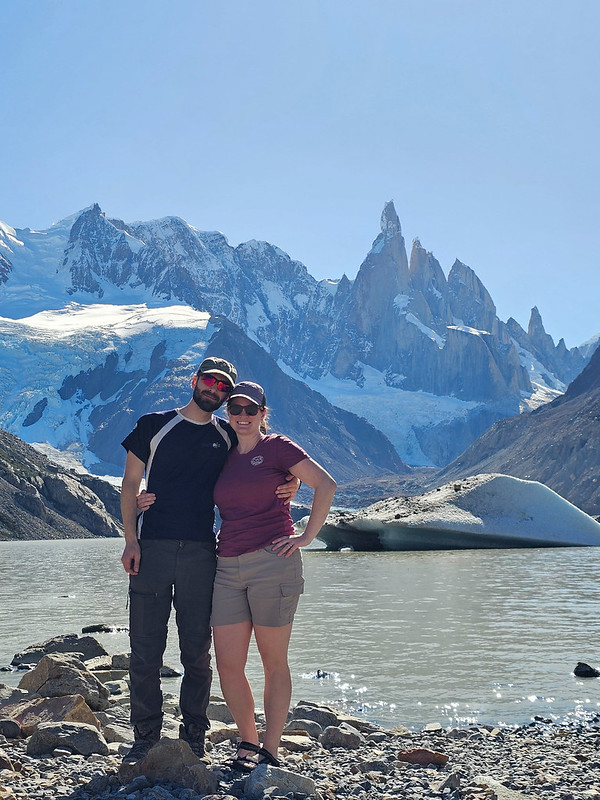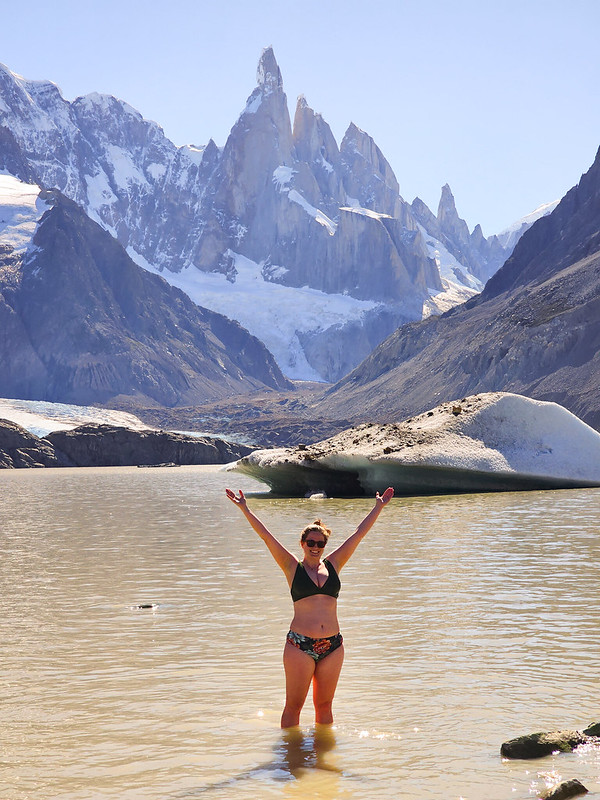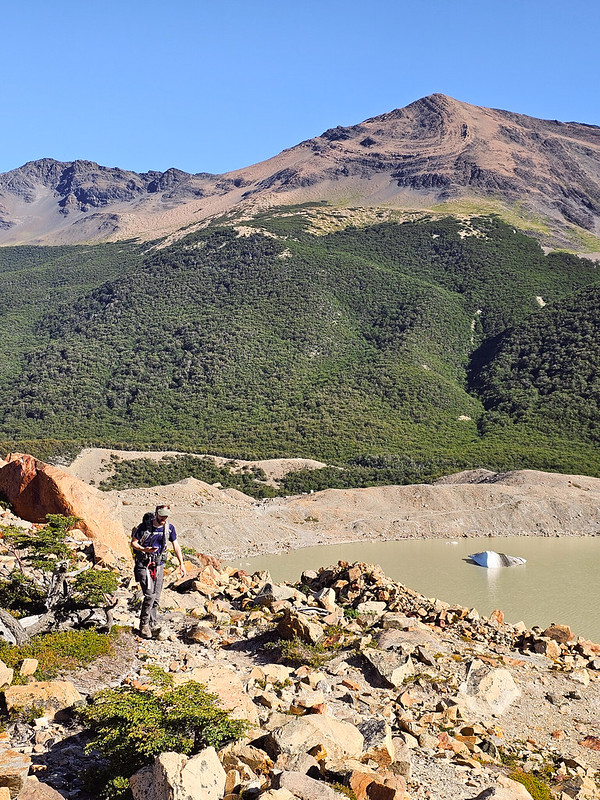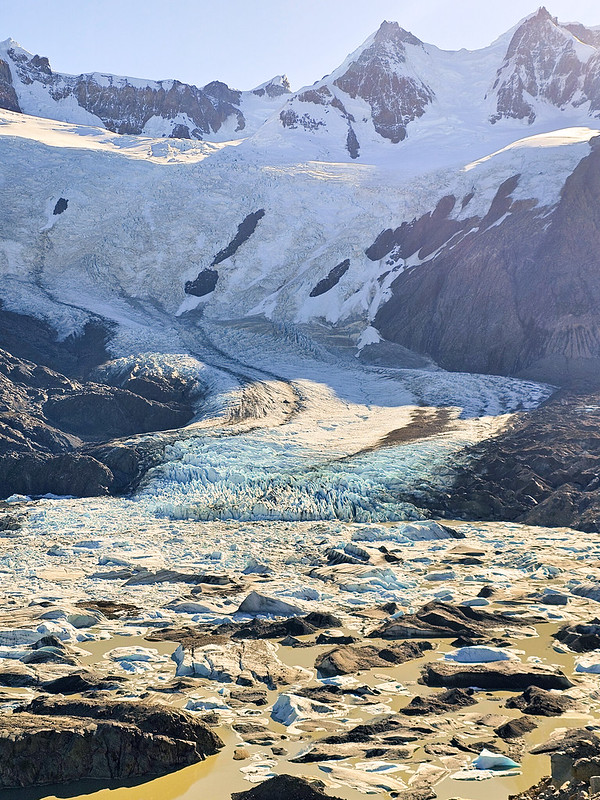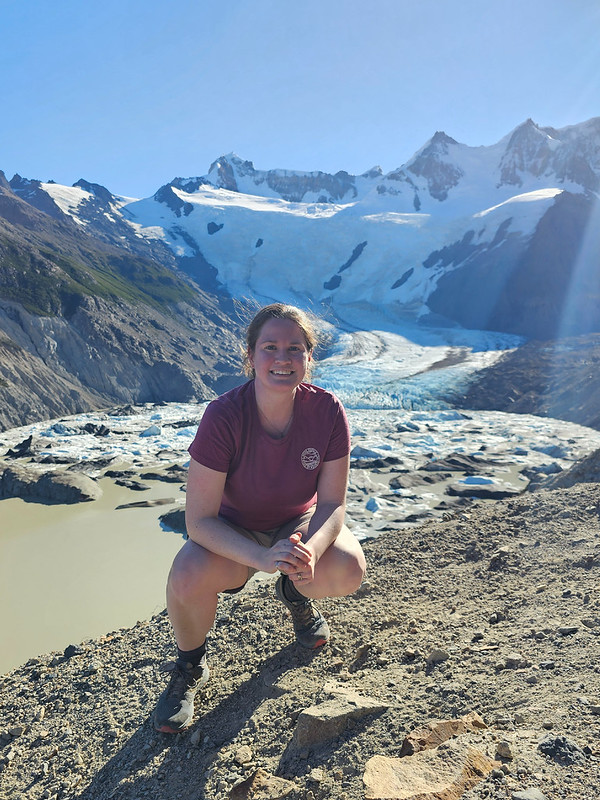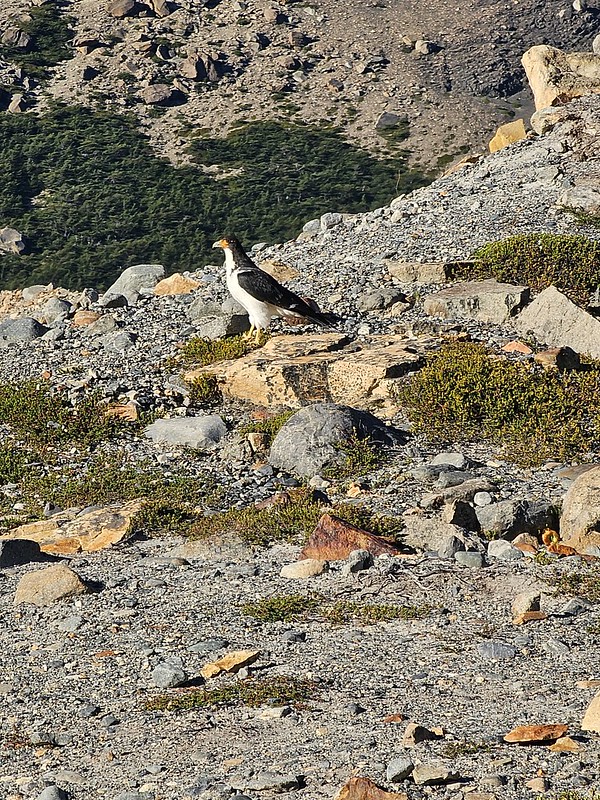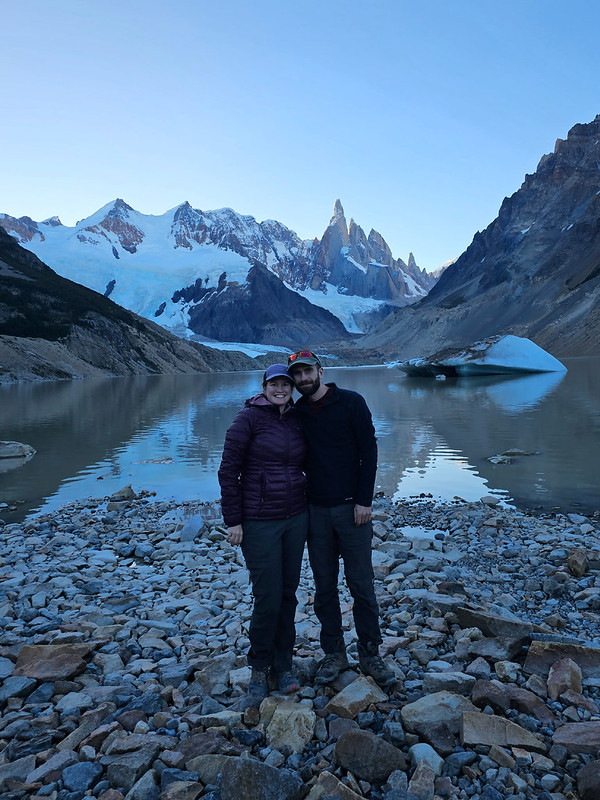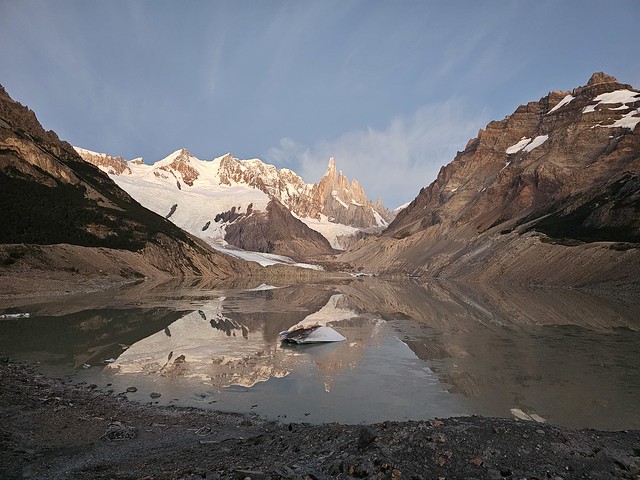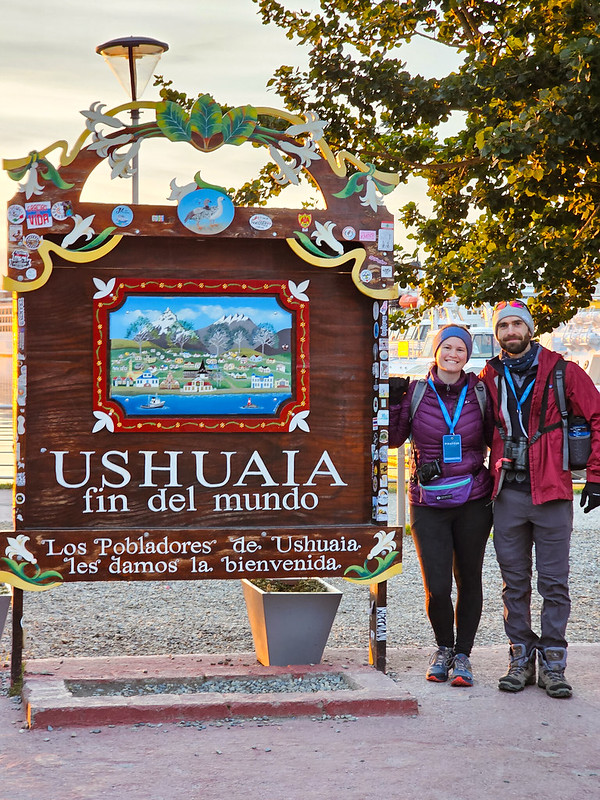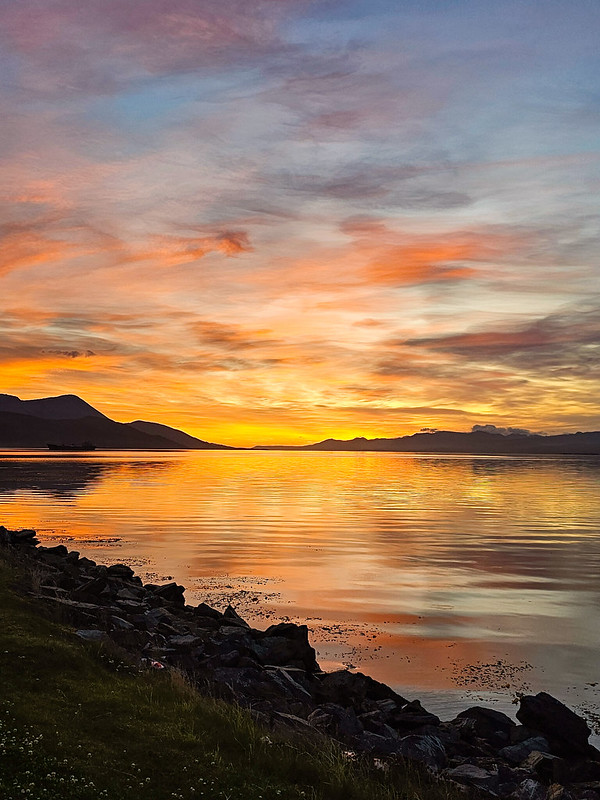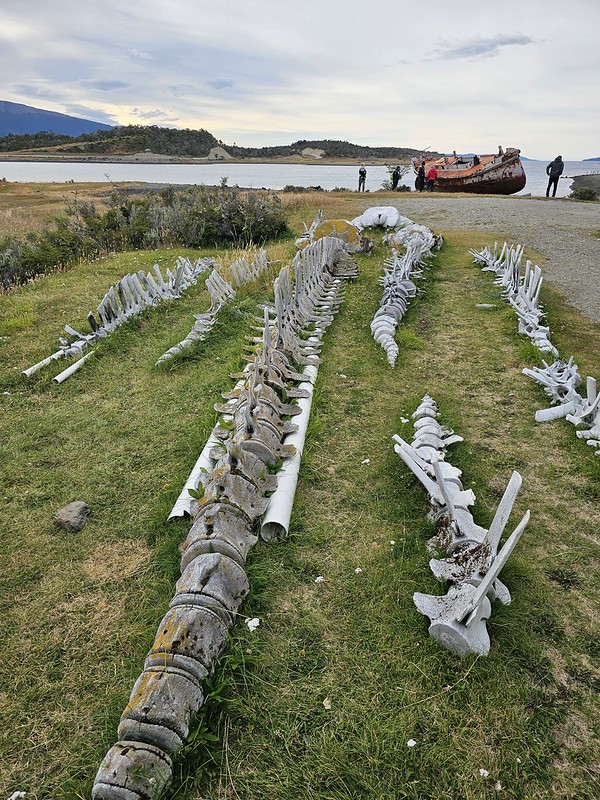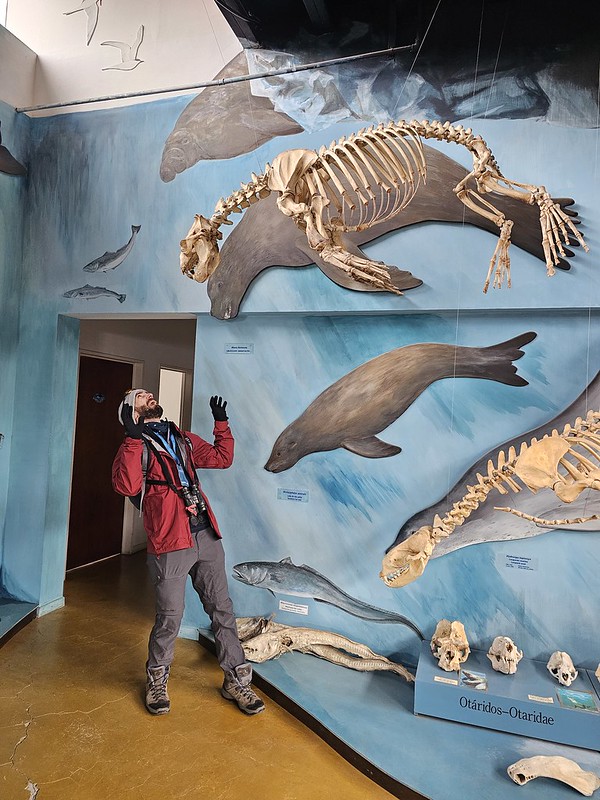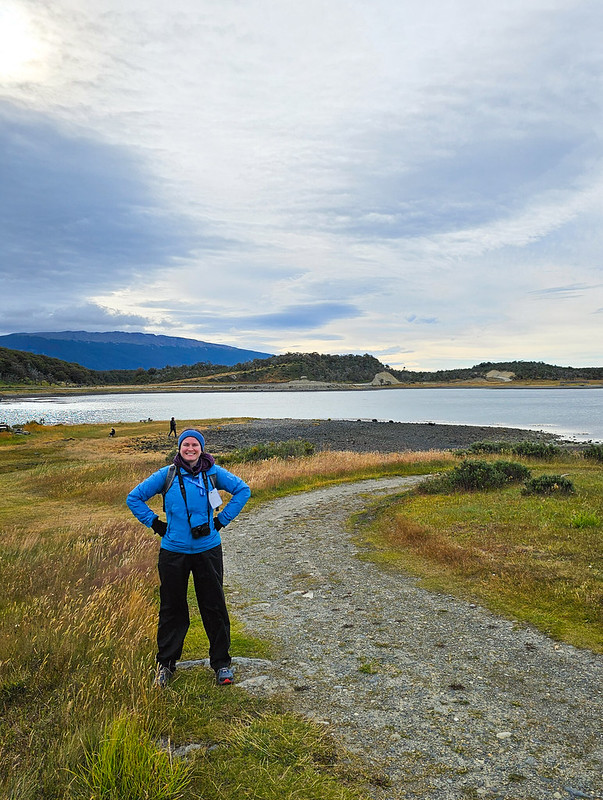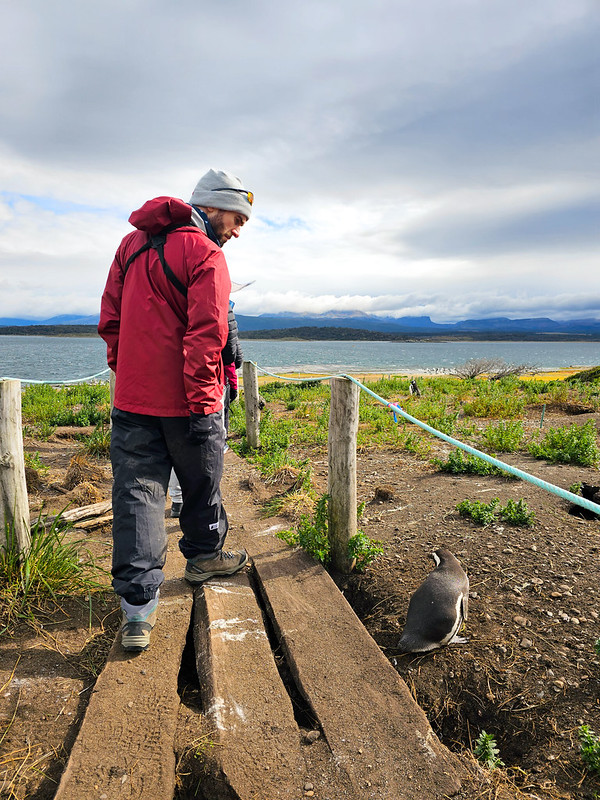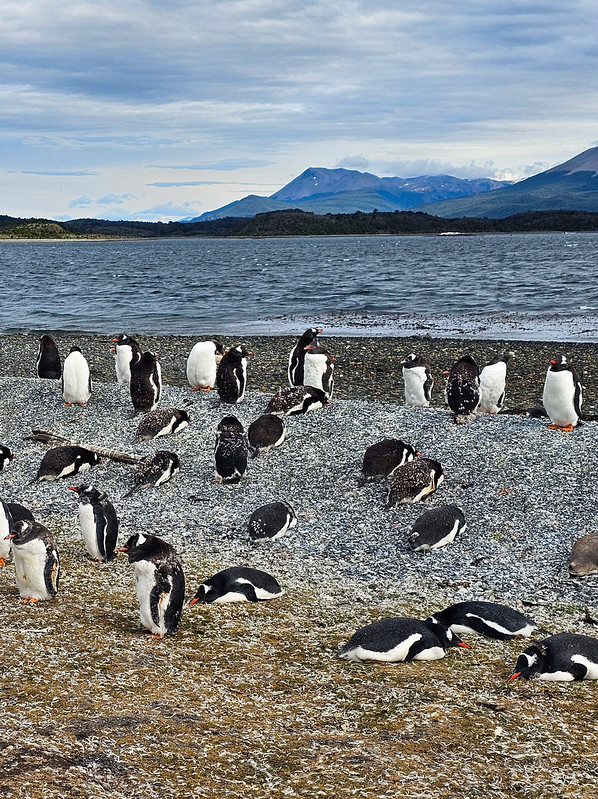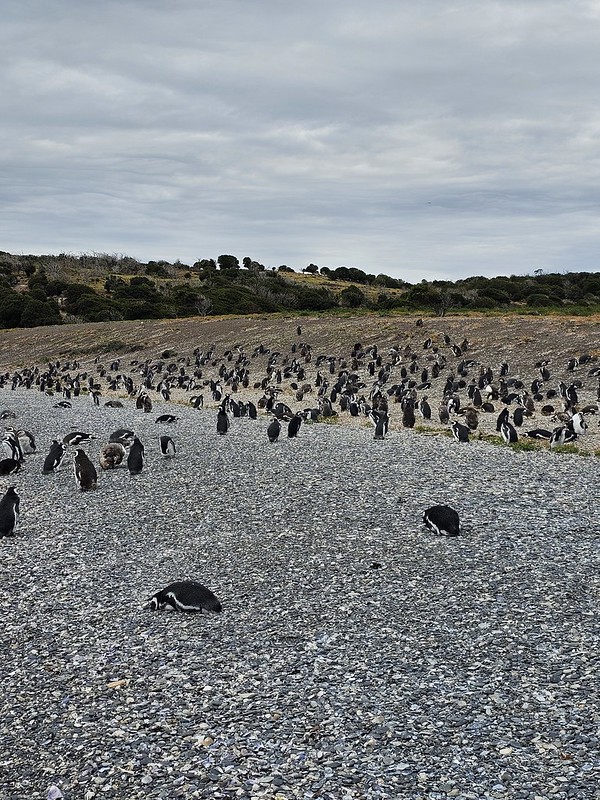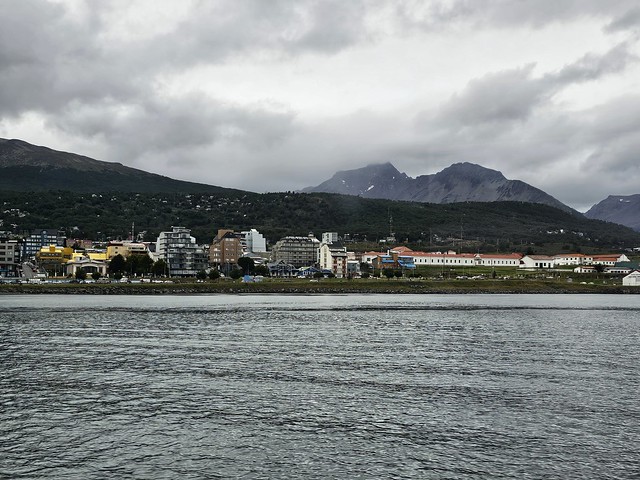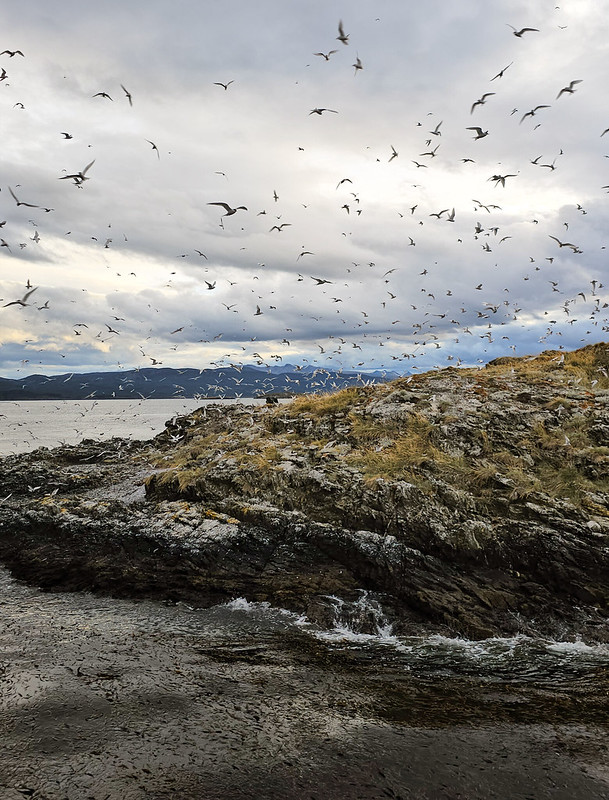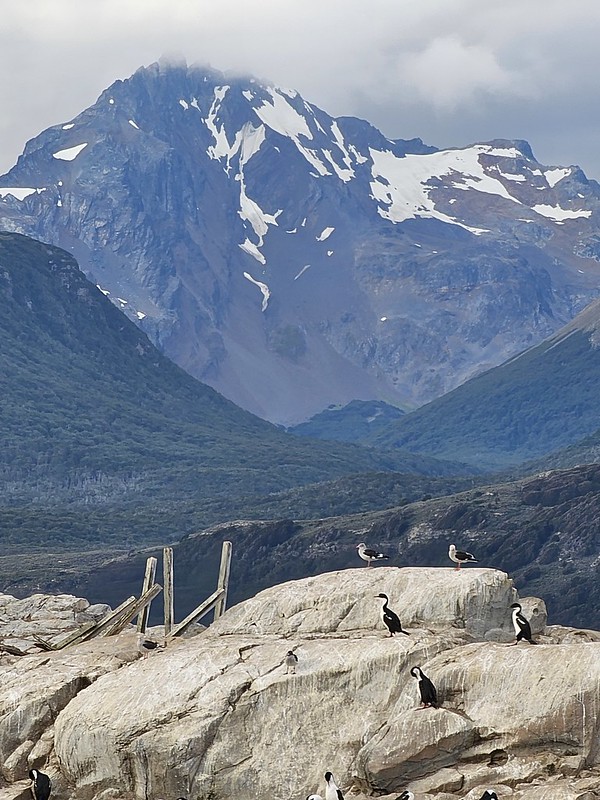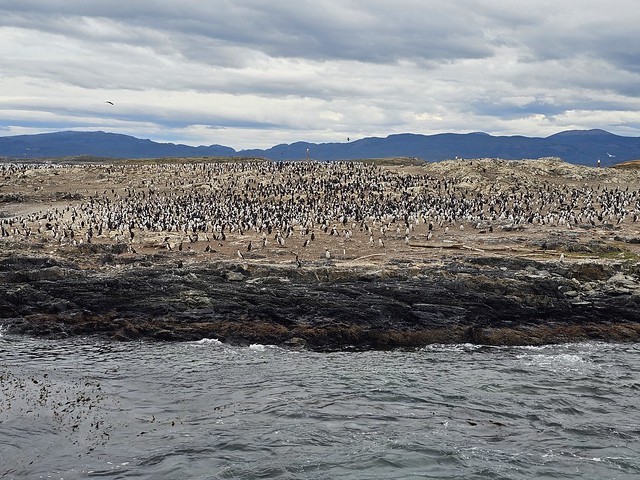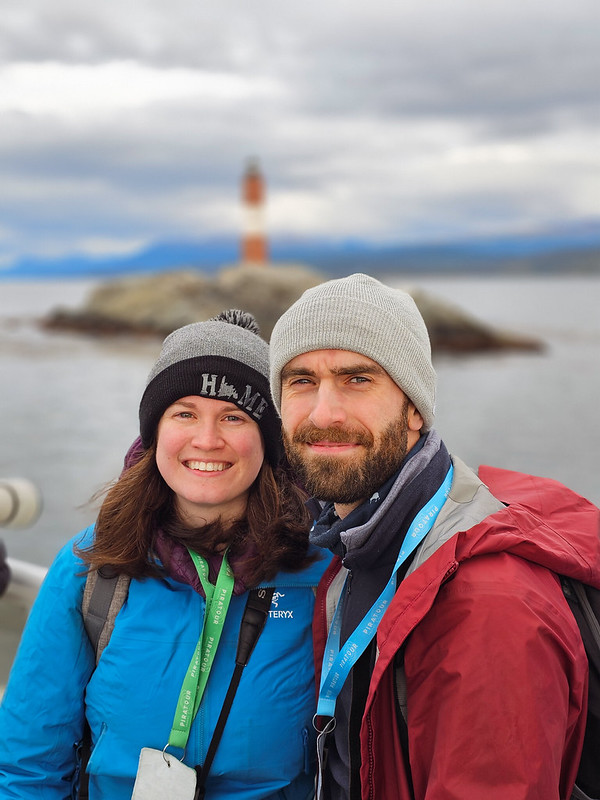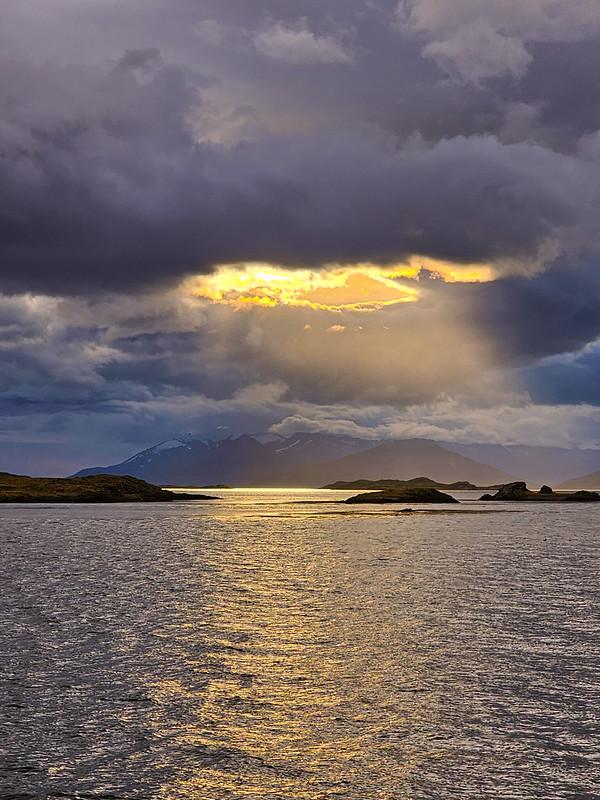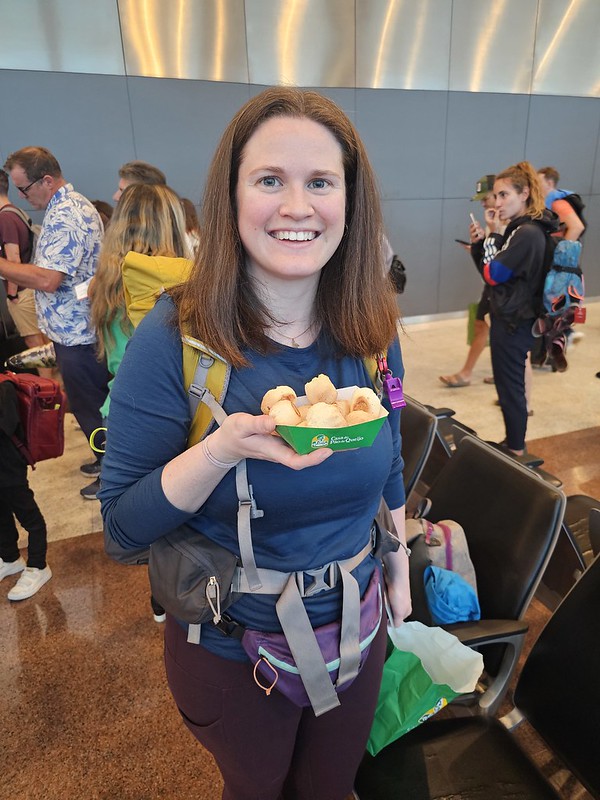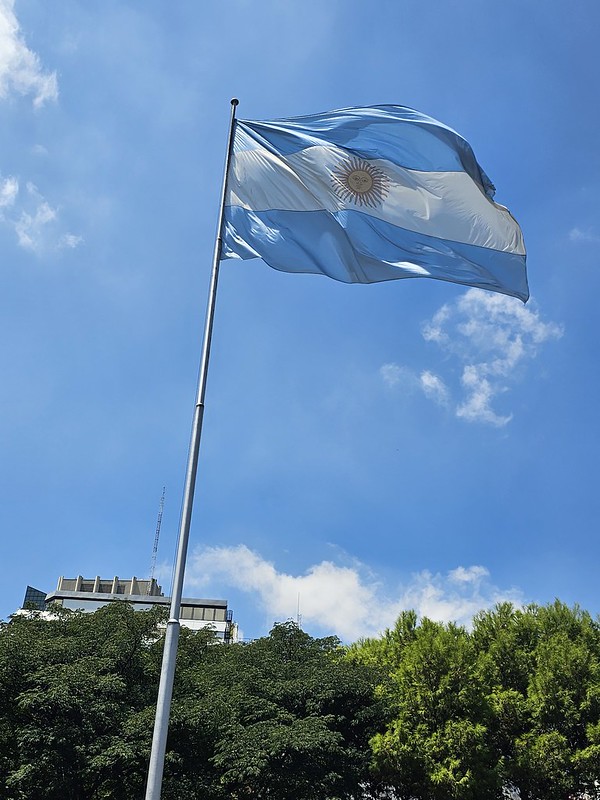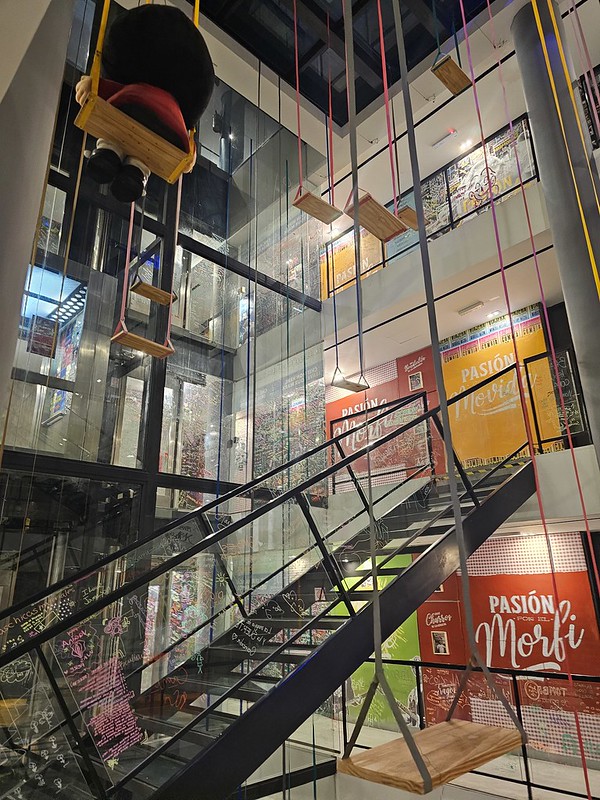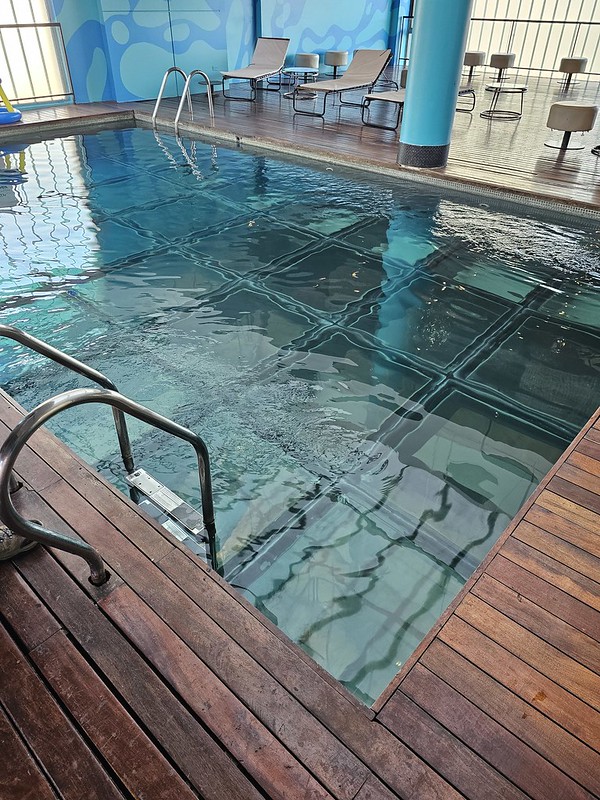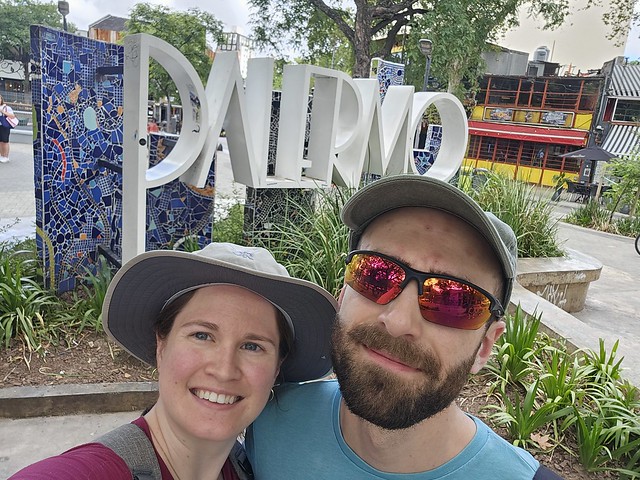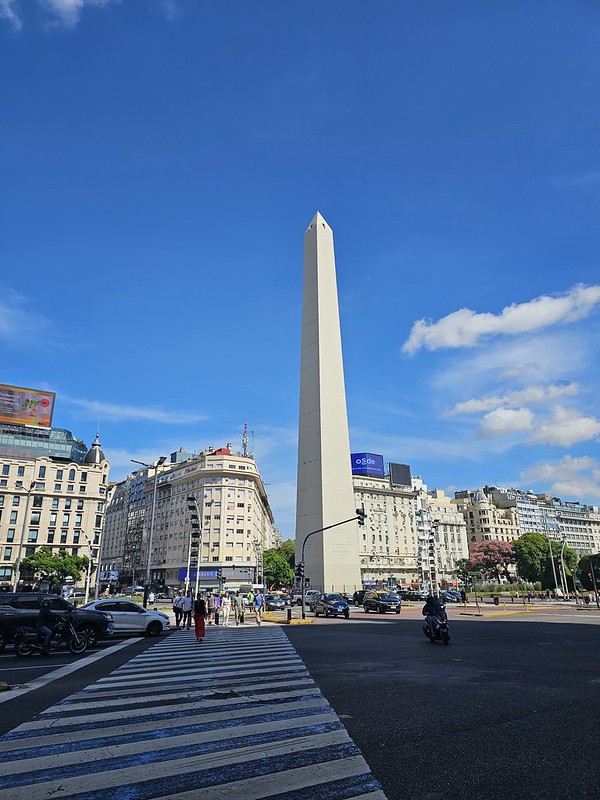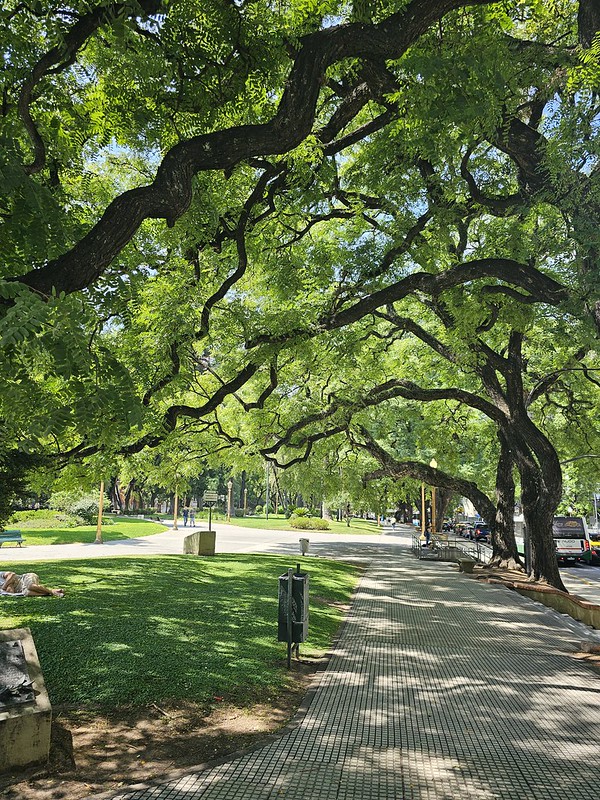While it was super fun to visit Buenos Aires and Ushuaia, let’s be real – I came to Patagonia to hike. There are lots of options for hiking in both Argentina and Chile, but there are really two quintessential trips that everyone wants to cross off their bucket list and most of the tourists we met were all doing some variation of the same trip. Those hikes are Torres del Paine in Chile and Sendero al Fitz Roy in Argentina.
Since we started in Argentina, Mount Fitz Roy was the first hike on my list and I was ecstatic to finally go backpacking. Unlike Torres del Paine, which has two circuits that most people follow, Mount Fitz Roy is really more of a collection of hikes that you can make your own custom itinerary for. Mount Fitz Roy is located in the Andean foothills near the Argentina-Chile border in Los Glaciares National Park. Most people don’t climb the mountain itself as that is a major mountaineering objective, but it can be viewed from many different trails within the park. Most trails are accessible from El Chalten, which is a tiny mountain town that pretty much exclusively caters to hikers visiting the mountain.
The hike to Lago de los Tres is THE hike to do if you want to get the best view of Mount Fitz Roy. It’s roughly 11km each way to hike to the lake, so it’s usually done either as a big day hike (with accommodations in El Chalten), or as part of a backpacking trip (camping in the park). There are several other hikes in the park that can be combined with this hike to extend your trip, with the second most popular being the trail to Laguna Torre. While I easily could have spent an entire week hiking around El Chalten, I decided on a 2 night, 3 day trek to visit both Lago de los Tres and Laguna Torre.
The convenient part of our itinerary was that we didn’t need to book any accommodations. Unlike Torres del Paine, which has a mandatory reservation system that fills up months in advance, you can camp for free in Los Glaciares National Park with no pre-planning. This has some pretty big cons, which I’ll get into later in the post, but it’s definitely convenient. Accommodations in El Chalten are pretty limited, but it’s only a 3 hour bus ride from El Calafate, so we planned our entire visit around the bus schedule and didn’t stay in El Chalten at all.
We left El Calafate on the 8am bus and had a very scenic ride through the desert to El Chalten. We saw lots of guanaco along the ride and even some rhea (which is a big bird like an ostrich or emu). We arrived in El Chalten at 11am and immediately started hiking. Laguna Torre and Lago de los Tres can be done as a loop trail measuring ~45km in total. You can go in either direction; the two campsites you’ll stay at are Agostini and Poicenot. Agostini is located right next to Laguna Torre, while Poicenot is 2km before Lago de los Tres and has 400m in elevation gain (so it’s a considerable climb from the campground).
My planned itinerary was to hike to Laguna Torre on day 1, hike to Lago de los Tres on day 2, and back down to El Chalten on day 3. I hadn’t planned for any sunrise hikes, which is why I planned to start with Laguna Torre. We ended up hiking to both lakes for sunrise, which means I had to do the climb up to Lago de los Tres on my final day (making for a long day and fast hiking to catch our bus), so if I had my time back, I would have done the hike in the opposite direction. But we still had a fantastic time!
Like I said, we got off the bus and pretty much immediately started hiking. It was ~10km from the bus to Agostini Campsite. We were super lucky with the weather and quickly switched to shorts and t-shirt after we started hiking. We could only get away with this because it was a blue sky day and the presence of the sun makes a huge difference in the air temperature. The trek starts with a hike up through the canyon to Mirador Cascada Margarita and then on to Mirador Cerro Torre, which is approximately halfway to the campground. It’s a steady uphill hike until you reach Cerro Torre, but it’s pretty flat after that, so we decided to stop at the viewpoint for lunch.
This was where we had our first experience with the park outhouses. Normally I don’t have a lot to say about outhouses – they’re generally never nice – but the latrines in Los Glaciares National Park were probably the worst I’ve ever used. They’re pit toilets, which I don’t have a problem with, but they were all in extremely poor condition. Some of them were almost full to the top with waste, the structures were rotting away, and the metal plate that separates the structure from the pit looked in danger of collapsing in some of them.
The park, and this trail in particular, receives thousands of visitors a year, so they really need to invest in replacing the outhouses. They’re so gross that most people were not using them and just going in the woods. That’s fine when people properly bury their waste, but the park receives so many visitors (and so many inexperienced backpackers) that it’s not sustainable for the well-being of the park to be without usable toilets. It’s amazing that you can hike and camp in the Park for free, but I would happily pay $10 a night for a permit if it meant the latrine situation could be improved. It was shameful in my opinion. That’s my rant – I’ll shut up about it now!
After lunch, we continued to the campsite. The second half of the hike was much easier than the first half and you have a pretty incredible view of the back of Mount Fitz Roy the entire time. The one tip I would give to other hikers is to make sure you fill up your water carriers at the river ~1km from the campsite. The Rio Fitz Roy runs right past the campsite, but it’s extremely silty and will easily clog up your filter, but there’s a great drinking water source at the bridge crossing the creek 1km before the campsite. Most people weren’t filtering their water, but we filtered everything we drank, especially once we discovered the outhouse problem and that people are just shitting next to the river at the campsite without digging catholes.
The campsites are pretty bare bones. They’re nice in that there is lots of room for tents, but there is very limited privacy. The Poicenot Campground is a nightmare because of the volume of people and the limited amount of camping experience the average visitor has, but I didn’t mind the Agostini Campground at Laguna Torre. It was reasonably busy, but it didn’t feel too crowded. I felt that most of the people there had previous backpacking experience and were considerate and respectful of the other campers and LNT practices. This was not the case at Poicenot Campground, but more on that later.
We found a nice site for our tent and then packed our bags for day hiking and set off to Laguna Torre. It’s only a 5-10 minute walk from the campsite to the lake. It was still sunny when we arrived at the lake, so I immediately decided to go for a swim. No one else was swimming and I knew it would be cold, but I have a lot of cold water pride as a Canadian, so I couldn’t resist going in the water. It was cold, but no colder than the glacial lakes in BC. Swimming isn’t permitted in Torres del Paine, so I’m glad I took the opportunity to swim at Los Glaciares!
The lake is extremely silty, so it’s kind of an ugly grey colour, but it has an incredible view of Mount Fitz Roy and the glacier. Plus, it has a ton of glacial ice floating in the lake, so it was really cool to swim with the bergy bits (something I’ve only actually done one other time in BC). After my swim, I was determined to continue hiking to Mirador Maestri. The lake is surrounded by a large moraine that was deposited by the glacier in the past, so you can hike up to the top of the moraine and then circle around to the back of the lake where you get a better view of the glacier.
I think Seth would have happily skipped this part, but he was a good sport and accompanied me up the moraine. It’s ~5km round trip to the viewpoint, but because you can see the full trail the entire time you’re hiking, it seems closer than it is. It’s also a steady uphill, so eventually Seth lost interest and decided to hang out on the rocks and look at wildflowers while I finished the hike up to the viewpoint. I didn’t quite make it to the end of the hike, but I made it up to a natural crest in the topography and got a fantastic view of the back of the glacier! It took me ~1 hour to get there (2 hours round trip), but I definitely hustled. I would give yourself a solid 2.5-3 hours to do the full hike and properly enjoy it.
We raced the sun back to the lake and it set behind the mountains shortly after we got to the lake. As soon as the sun went down, it immediately got a lot colder and we quickly bundled up in all our layers, including our puffy jackets. But we still enjoyed eating our dinner at the lake before returning to the campground to go to sleep. Like I said, I hadn’t planned on doing any sunrise hiking, but the campground is so close to the lake that I knew I had to at least hike up to Laguna Torre for sunrise (but was still undecided whether I would do it for Lago de los Tres). So we went to bed pretty early and I set my alarm in time to get up for sunrise the following morning. It was cold overnight, so you should definitely come prepared for that, but I was warm in my -7 degree quilt and puffy jacket.
Check back next week for Part II!
